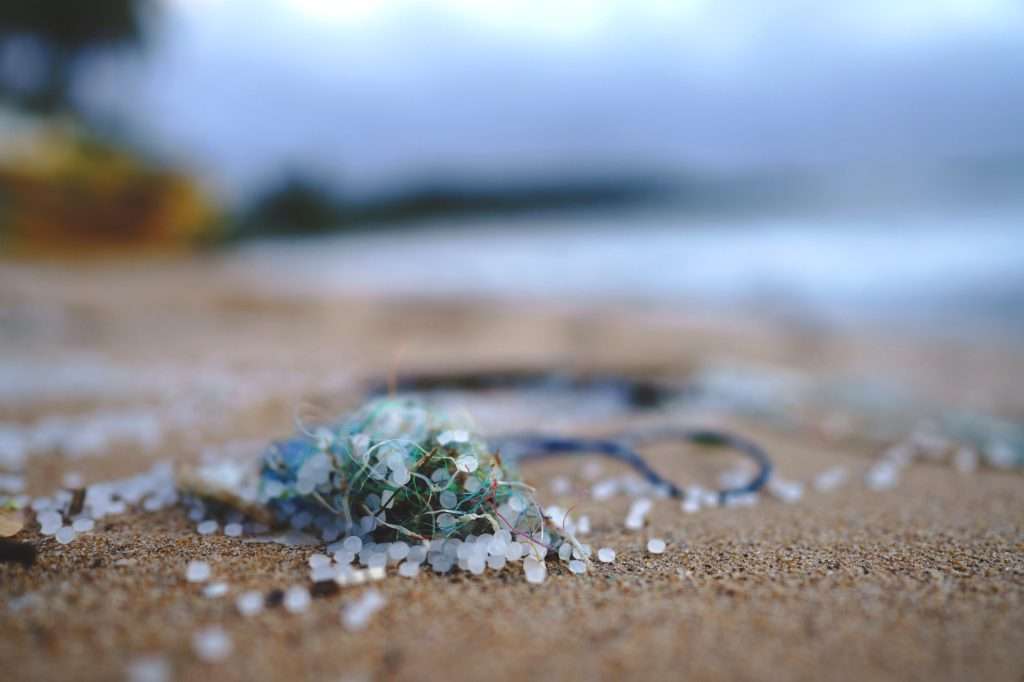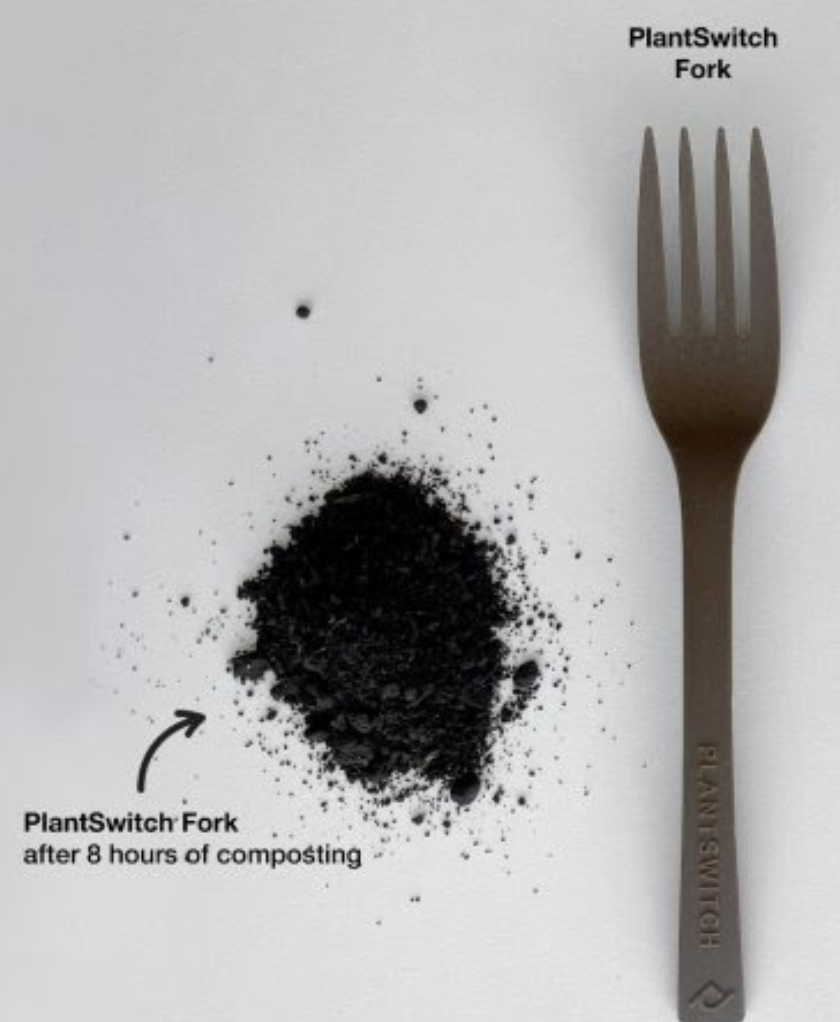As the E.U. cracks down on beauty industry microplastic pollutants, new forecasts on the nascent biodegradable microbeads market show significant growth and demand.
The global market for biodegradable microbeads is witnessing a significant surge, according to a new report by Persistence Market Research. The report finds that the biodegradable microbeads sector is seeing a CAGR of 9.5 percent, expected to propel the market value from $4.8 billion last year to more than $9 billion by 2030. But is it enough to undo the damage of conventional plastic microbeads?
Plastic microbeads and other microplastics in the environment have become increasingly concerning in recent years. Microbeads, tiny plastic particles typically less than five millimeters in diameter, are primarily used in personal care products like facial scrubs, toothpaste, and body washes. Despite their small size, these microplastics pose a significant threat to aquatic ecosystems and human health.
This week, European Union negotiators reached an agreement to see beauty companies shouldering a larger share of the costs for microplastic pollution cleanup in urban wastewater. According to the draft rules, companies selling cosmetics and medicines will be required to fund at least 80 percent of the additional expenses incurred in eliminating tiny pollutants from wastewater. This move, aligning with the “polluter pays principle”, ensures that essential products remain accessible and reasonably priced, as governments will cover the remaining costs.

The new regulations, which are yet to receive formal adoption, expand on existing water treatment standards and introduce new criteria for micropollutants. These include enhanced nutrient removal requirements and broader application of the law. By 2035, E.U. member states are expected to treat organic matter in urban wastewater in communities with more than 1,000 residents. The 2045 goal includes the removal of nitrogen and phosphorus in treatment plants serving more than 10,000 people and an additional step to eliminate a wide range of micropollutants.
“The deal we reached today is a breakthrough for significantly improved water management and wastewater treatment standards in Europe, especially with new rules on removing micropollutants coming from medicines and personal care products,” Finnish MEP Nils Torvalds, associated with the liberal Renew group and responsible for the proposal, said of the announcement. “We have ensured that the impact of this legislation on the affordability of medicines will not be disproportionate.”
A staggering statistic from the United Nations Environment Programme highlights the severity of the problem: more than 299 million tons of plastic were produced worldwide in 2013, much of which ended up in the oceans. This plastic can persist in the environment for hundreds of years. Once in the waterways, microbeads absorb toxic chemicals and are often mistaken for food by marine animals, leading to bioaccumulation and biomagnification of these toxins in the food chain. This ingestion not only affects marine life but can also have implications for human health, as these toxins may eventually make their way onto our plates.
Recent research published earlier this month in the Journal of the Endocrine Society, revealed that chemicals from plastics are significantly harming Americans’ health as well as their finances. In 2018, the detrimental effects of these chemicals on hormones led to an estimated $250 billion in additional healthcare costs, about 5 percent of U.S. healthcare expenses — and more than one percent of the national GDP. The study identified micro- and nanoplastics as culprits in increasing diseases like obesity, preterm birth, cancer, and heart disease.
The study’s lead author, Dr. Leonardo Trasande from New York University, calls for reducing nonessential plastic use and highlights the need for a UN treaty to address global plastic pollution. He criticizes the continuous cycle of replacing toxic plastics with new variants, emphasizing the immense economic and health toll of this practice.
The Microbead-Free Waters Act of 2015
Legislation in the U.S. has begun to address this issue. The Microbead-Free Waters Act of 2015 prohibits the manufacturing and distributing of personal care products containing plastic microbeads. Despite the enactment of the Microbead-Free Waters Act of 2015, plastic microbeads continue to be a concern, primarily due to the broader issue of microplastics in the environment. The Microbead-Free Waters Act of 2015, as stated by the FDA, was a significant step in addressing microbead pollution. It prohibits the manufacturing, packaging, and distribution of rinse-off cosmetics containing plastic microbeads, covering products like toothpaste and body scrubs.
However, the problem of microplastics extends beyond just microbeads. And, while the Microbead-Free Waters Act addresses one source of microplastic pollution, it doesn’t fully tackle the broader environmental and health implications of microplastics. This gap in legislation is partly due to the influence of powerful oil and gas interests, which have maintained the status quo in environmental policy.

Biodegradable microbeads, made from materials like plant-based plastics or natural polymers, are designed to decompose naturally, meaning they won’t accumulate in the environment or animals. They are becoming increasingly popular in personal care and cosmetics, serving as eco-friendly alternatives to traditional microbeads that harm ecosystems. Several key trends are driving this market growth. The increasing awareness and concern for the environment among consumers have led to a rising demand for products with minimal environmental impact. Consumers are making more eco-conscious choices, influencing industries to adopt sustainable practices. Additionally, government initiatives advocating for sustainable practices and the cosmetic and personal care industry’s commitment to sustainability further boost the demand for biodegradable microbeads.
In response to these trends, industry giants like BASF SE, Naturebeads, TerraVerdae, Evonik Industries AG, and others are employing strategic initiatives to enhance their market presence. These include investments in research and development, collaborations with manufacturers in various sectors, and a commitment to sustainable practices.
The Persistence Market Research report shows regions including North America and South Asia as well as Asia Pacific present different opportunities and challenges, with North America leading in market share. BUt it’s Asia that is expected to experience the fastest market growth, driven by rising disposable income, environmental awareness, and supportive government policies.
A plastic-free future?
Is all of this enough to speed to market more sustainable alternatives? There are signs of progress. The fashion industry, for example, has begun to embrace alternatives to plastic textiles like polyester and acrylic. Leaders in the booming secondhand market such as Vestiaire Collective, have banned some fast fashion sellers to promote higher quality garments less likely to wind up in a landfill or in oceans. Edible packaging and other plastic alternatives are taking hold in the food industry as well. But in the beauty industry, replacing plastic still proves to be a challenge. While zero-waste products are on-trend, such as refillable deodorants and bar shampoos, the vast majority of skin care, beauty, and body care items are reliant on plastic — from lids and pumps to bottles and jars.
Dillon Baxter, CEO of PlantSwitch, a bioplastics startup, says his company can help change how the world consumes plastic. Baxter co-founded PlantSwitch with Maxime Blandin, and the duo says they’ve created the most advanced, high-performance, and most cost-effective bio-based plastic that can be composted at home.

“Our goal is to turn one billion pounds of plants into our bioplastic material over the next decade,” Baxter said in a statement shared with Ethos. “I knew this bioplastic technology could be the future, but there were a few key issues with it that needed solving.” PlantSwitch currently has the capacity to produce 50 million pounds of its bioplastic for use across food, cosmetics, and the single-use category.
“PlantSwitch offers a tactile and performance match to traditional plastic. It feels like plastic, looks like plastic, and performs like plastic, with the same bend, flex and strength,” Baxter says.
Bioplastic technology has historically been expensive compared to conventional plastic, Baxter says. But PlantSwitch’s use of feedstocks — agricultural byproducts — gives the company a much lower raw material cost than any other bioplastic. There’s another benefit, too, he says, “we are also giving waste streams a second life.”
Baxter says that while there are bioplastics on the market, such as those made from corn or sugarcane, most of these were only compostable in the appropriate industrial facility. But PlantSwitch joins other consumer goods, like Kent underwear, as being compostable in virtually any home compost system. While all compost ecosystems are different, Baxter says PlantSwitch plastic will typically biodegrade within a few months in most backyard compost systems. It could prove to be a game changer for the plastic industry. “For a truly sustainable material, it should be able to biodegrade on its own, leaving behind no toxic chemicals or microplastics,” Baxter says. “That is how you solve the plastic problem.”
Related on Ethos:


